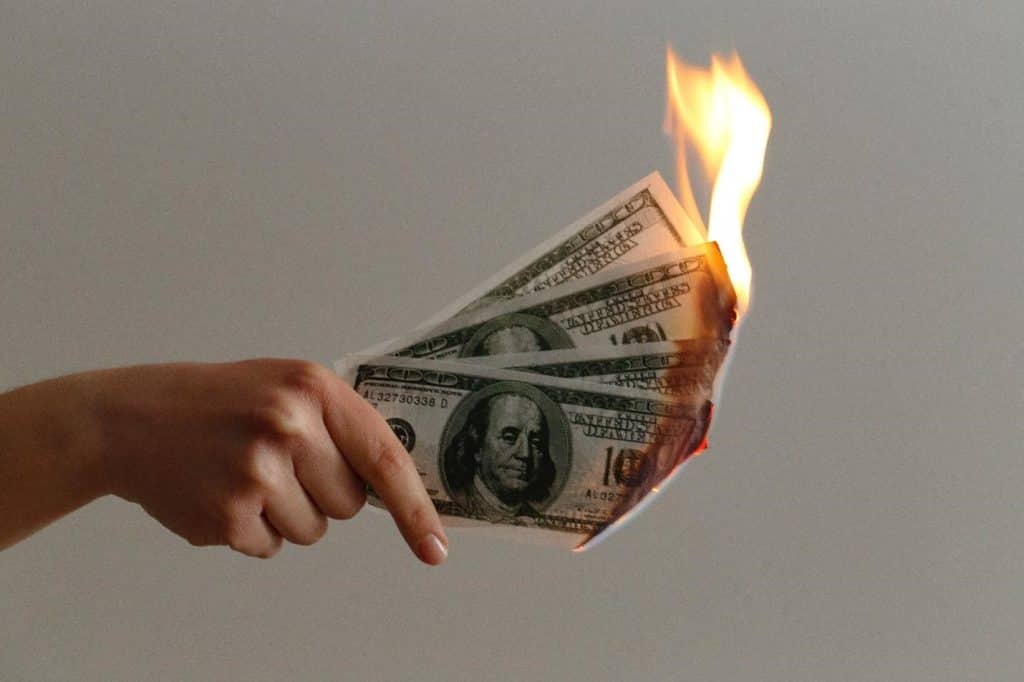Having a robust investment strategy is essential for high-net-worth individuals aiming to achieve lasting success. A carefully structured investment plan serves as the critical link between building wealth and reaching long-term financial goals. However, with the investment landscape growing increasingly complex, making sound decisions requires thoughtful planning and expert insight.
High-net-worth investors often benefit from strategies that balance growth, risk management, and tax efficiency to protect and expand their wealth across market cycles.
Top Investment Strategies for High Net Worth Individuals

Define Your Investment Objective
Before making any investment decisions, it’s important to determine whether you are aiming for aggressive long-term growth, capital preservation, or consistent income to support your lifestyle. Defining your investment objective clearly helps shape an asset allocation strategy aligned with your personal financial goals. There are strategies suitable for both aggressive and conservative investors.
When setting your objective, consider your investment horizon. Younger investors with longer time frames may pursue higher-growth strategies, while those nearing retirement may prioritize stable cash flow with lower volatility. Liquidity should also be factored in—assets like real estate may offer higher returns, but are less accessible if you need immediate cash.
Potential returns are enticing, but liquidity, volatility, and time horizon are equally critical in shaping your portfolio. Proper alignment of these factors can significantly improve long-term investment success.
Acquire and Hold on to Growth Stocks
Buying and holding growth stocks is a widely used strategy among high-net-worth investors. Growth stocks belong to companies that have demonstrated above-average returns and show potential for continued expansion.
Researching and selecting promising growth stocks demands careful analysis and a long-term view. Once acquired, holding these investments allows you to benefit from compounding returns over time. Historical data shows that markets tend to grow over the long run, making patience a key component of wealth accumulation.
This strategy is not limited to equities. Real estate, commodities, and other investments with growth potential can also benefit from a long-term investment approach.
Look for Tax-Free Investments
High net worth investors often fall into the highest tax brackets, making tax efficiency critical to preserving wealth. Traditional tax-reduction methods like IRA contributions may offer limited benefits for investors with substantial assets.
Investments such as tax-free municipal bonds are a valuable alternative. Although the yields may appear lower compared to taxable bonds, after accounting for federal and state taxes, the effective return can be much more favorable. Considering tax consequences before making investment decisions can significantly enhance net returns.
Keep Your Portfolio Diversified
Diversification is a core principle of prudent investing. However, effective diversification goes beyond simply spreading investments across asset classes—it also means diversifying within each asset class.
Diversifying across industries, geographies, and investment vehicles helps manage risk and improves the likelihood of consistent performance. Regularly reviewing your portfolio’s allocation ensures it remains aligned with your objectives as markets change.
Target Assets with a Low Correlation to Public Markets
While traditional diversification often focuses on a mix of stocks, bonds, and publicly traded assets, many of these investments are still highly correlated. This correlation can diminish the benefits of diversification during market downturns.
To strengthen your portfolio, consider including assets that are less correlated with public markets, such as private real estate, private equity, or certain types of alternative investments. These options can offer steadier performance even when broader markets face volatility.
Aim for Low Volatility and Consistent Returns
Building a sustainable asset portfolio involves seeking investments that historically exhibit low volatility and reliable returns. Private real estate, for example, often offers consistent income and price stability over time, making it an attractive addition to a diversified portfolio.
Focusing on assets that prioritize steady compounding can help protect against large swings in market value and reduce emotional investing decisions during turbulent periods.
Consider Hedge Fund Investments
Hedge funds can offer additional investment opportunities for high-net-worth individuals, using strategies that may not be available through traditional investment vehicles. Although hedge funds typically carry higher fees and unique risks, they can also provide access to specialized strategies designed to outperform traditional markets.
Accredited investors may find hedge funds appealing for enhancing returns or further diversifying portfolios. However, it’s important to fully understand the risks, including limited liquidity, transparency, and leverage use, before committing capital.
Top Mistakes High Net Worth Individuals Must Avoid

Here are some of the mistakes you should avoid as a high net worth individual:
Going with the Crowd
One of the biggest mistakes high net worth individuals can make is following what others are doing without considering personal circumstances. While it can be useful to study strategies used by other successful investors, decisions should always be based on individual goals, risk tolerance, and financial requirements.
Even if another investor has a similar net worth, differences in personal objectives and timelines can make copying their strategies risky. Research and learn from others, but tailor your actions to your unique financial situation.
Not Taking Market Volatility into Account
Financial markets can be resilient over the long term, but they are also prone to periods of high volatility. Ignoring the potential for sharp market movements can lead to significant losses. Sound investment planning includes preparing for fluctuations and understanding that market behavior is not always rational.
Building a portfolio that factors in potential downturns, rather than assuming constant growth, is key to long-term wealth preservation.
Concentrating Wealth in Only One Asset
Over-concentrating assets in a single investment is a common mistake. Even if one particular asset has performed exceptionally well in the past, relying too heavily on it increases the risk of major losses.
Diversification across a range of asset classes—including stocks, bonds, real estate, and alternatives—is crucial for balancing risk and reward. A well-diversified portfolio can better withstand market shifts and economic changes.
Investing Only in Domestic Markets
Limiting investments to domestic markets, such as only U.S. equities, can restrict growth opportunities. Emerging markets like Singapore, Indonesia, and India have demonstrated strong performance and resilience in recent years.
Expanding investment horizons to include international opportunities can enhance diversification and provide exposure to new sources of growth. A global perspective on asset allocation is increasingly important in today’s interconnected economy.
Doing Everything by Yourself
While high-net-worth individuals often have strong financial knowledge and decision-making skills, managing complex investment portfolios alone can be challenging. Navigating tax strategies, international markets, estate planning, and risk management typically requires specialized expertise.
Working with experienced professionals who understand market dynamics and personalized wealth strategies can help protect and grow assets more effectively than managing everything independently.
Conclusion
If you are a high net worth individual aiming to build a profitable and resilient portfolio, following proven investment strategies while avoiding common mistakes is a crucial first step. However, as you navigate the complexities of portfolio management, tax planning, and diversification, you will find that the guidance of experienced professionals can make a significant difference.
Independent wealth managers can help you align your investments with your long-term objectives, adapt to market changes, and implement strategies tailored to your financial situation. Exploring your options carefully will ensure that you find the right expertise to support your goals.
To take the next step, consider using these resources:
Building and maintaining wealth requires not just smart investments, but also strategic planning and trusted support. Start today by exploring the resources available and positioning your portfolio for long-term success.
